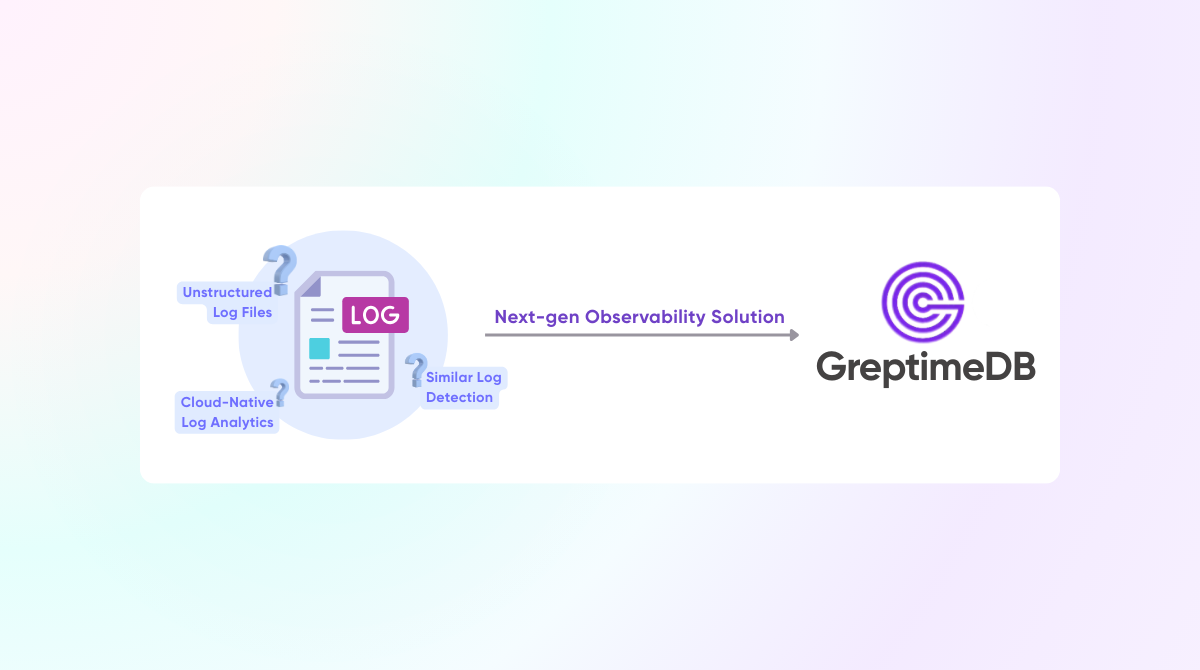
💬 Slack | 🐦 Twitter | 💼 LinkedIn
Let’s be real—cloud-native architectures mean you need an observability database that scales as fast as your pods, functions, or edge devices do. Old-school solutions struggle with the sheer cardinality of Kubernetes metrics, distributed logs, and real-time traces. GreptimeDB was built to fix that, offering a true unified platform for observability at any scale.
What Makes Observability in Cloud-Native Environments So Challenging?
Every node, container, and function generates unique time stamps and identifiers, leading to “high-cardinality hell.”
Dynamic environments mean tag and schema changes happen daily—or hourly!
Hybrid edge-to-core pipelines introduce new latency and cost puzzles.
GreptimeDB: Built for Modern Observability
1. Unified Data Model
Store metrics, logs, and traces in the same backend—no more juggling multiple databases or formats.
Native support for both SQL and PromQL—so DevOps and SREs don’t have to compromise.
2. Elastic Partitioning & Distributed Scaling
Easy partitioning by region, service, or business unit keeps queries snappy and resources balanced.
Seamless scale-out as your data volume or team expands.
3. Edge & Multicloud Ready
Deploy anywhere—on Kubernetes, bare metal, or edge devices—while keeping a unified control plane.
Perfect for geo-distributed or mission-critical workloads.
Case Study: Cloud-Native Log Analytics Goes Mainstream
When OB Cloud ditched its legacy log engine for GreptimeDB, they saw query response rates jump 10x and overall TCO drop by 30%. Users now troubleshoot in sub-seconds, not minutes.
What’s On the Product Roadmap?
Automatic schema evolution—dynamic tag support for ever-changing workloads.
First-class tracing support (OpenTelemetry) and AI-assisted anomaly detection.
Native integrations for multicloud and edge-core pipelines.
Kickstart Your Cloud-Native Observability Journey
GreptimeDB isn’t just another database—it’s the beating heart of a modern observability platform. Tour the docs or give GreptimeCloud a try to see how effortless next-gen observability can be!
